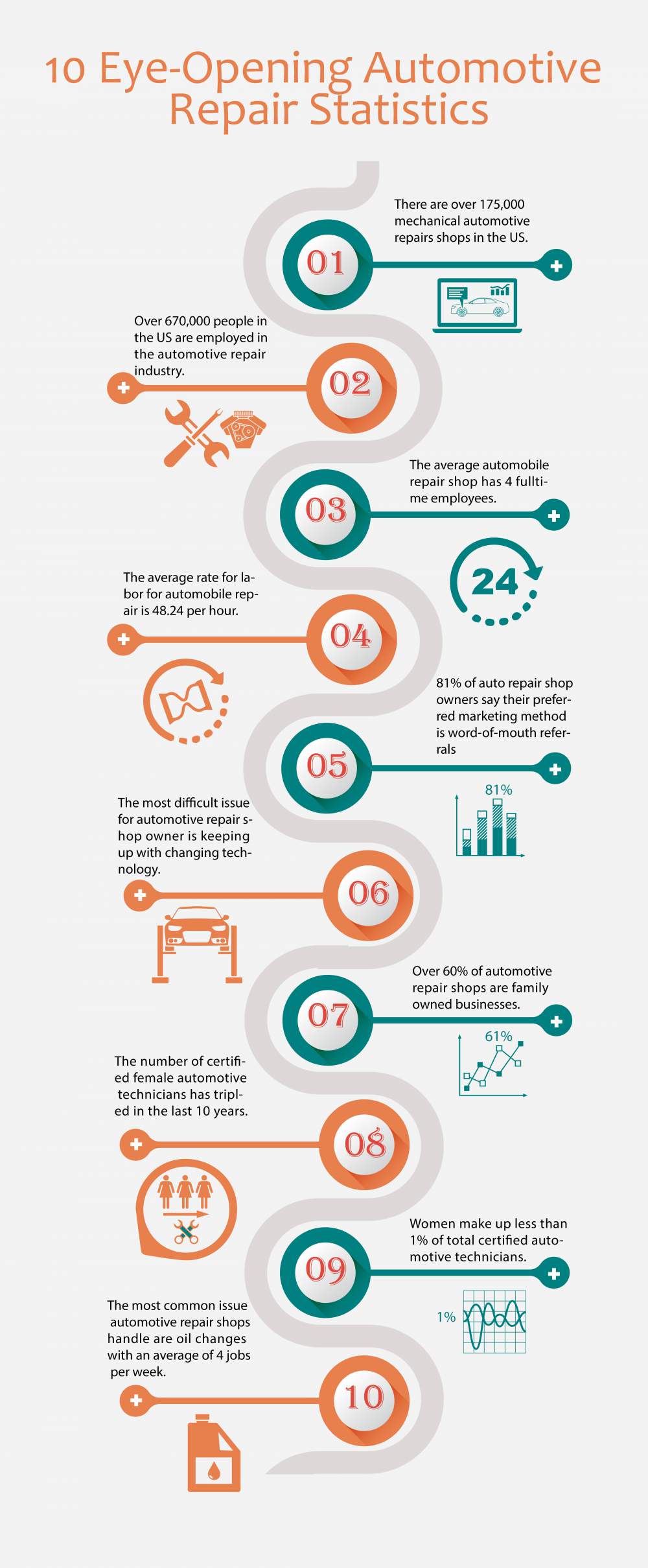Seeking Quality On The Caution Lights Showed On Your Cars And Truck'S Control Panel? Learn How They Relate To Your Lorry'S Health And Safety
Seeking Quality On The Caution Lights Showed On Your Cars And Truck'S Control Panel? Learn How They Relate To Your Lorry'S Health And Safety
Blog Article
Web Content Writer-Faulkner Dalgaard
When you lag the wheel, those beautiful warning lights on your dashboard can be a bit complicated. Do you know what they're attempting to inform you regarding your automobile's health and wellness? Recognizing the significance of these lights is important for your safety and the long life of your car. So, the following time among those lights pops up, would not you intend to analyze its message precisely and take the necessary steps to resolve it?
Common Caution Lighting and Interpretations
Determine typical warning lights in your auto and recognize their definitions to ensure risk-free driving.
One of the most normal warning lights include the check engine light, which indicates issues with the engine or discharges system. If this light comes on, it's vital to have your automobile examined without delay.
The oil pressure advising light shows reduced oil stress, requiring immediate attention to stop engine damages.
A flashing battery light could suggest a faulty charging system, possibly leaving you stranded otherwise addressed.
The tire pressure monitoring system (TPMS) light signals you to reduced tire pressure, influencing car stability and gas efficiency. Neglecting this might result in hazardous driving conditions.
The ABS light indicates a problem with the anti-lock braking system, endangering your ability to stop promptly in emergencies.
Lastly, the coolant temperature level cautioning light warns of engine overheating, which can result in severe damages otherwise solved quickly.
Recognizing these common warning lights will certainly aid you deal with issues promptly and maintain secure driving problems.
Importance of Prompt Focus
Understanding the common caution lights in your car is only the very first step; the importance of quickly resolving these cautions can not be highlighted sufficient to ensure your security when traveling.
When a caution light brightens on your control panel, it's your automobile's means of communicating a prospective problem that needs focus. Overlooking these cautions can lead to extra serious problems down the road, compromising your security and potentially costing you extra out of commission.
Read Even more to alerting lights can stop failures and mishaps. For instance, a blinking check engine light can indicate a misfire that, if left neglected, can cause damages to the catalytic converter. Addressing this immediately can conserve you from an expensive repair service.
Similarly, a brake system cautioning light may signal low brake fluid or worn brake pads, crucial components for your safety when driving.
Do It Yourself Troubleshooting Tips
If you see a warning light on your control panel, there are a few DIY troubleshooting suggestions you can attempt before seeking expert assistance.
The initial step is to consult your vehicle's handbook to recognize what the specific warning light shows. Often the concern can be as simple as a loosened gas cap activating the check engine light. Tightening up the gas cap might solve the issue.
One more typical concern is a low battery, which can activate various warning lights. Inspecting the battery links for rust and ensuring they're secure might fix the trouble.
If a caution light lingers, you can try resetting it by disconnecting the automobile's battery for a few mins and after that reconnecting it. In addition, examining your car's liquid degrees, such as oil, coolant, and brake liquid, can aid troubleshoot advising lights associated with these systems.
Final thought
To conclude, comprehending your auto's warning lights is essential for keeping your automobile running efficiently and safely. By quickly addressing these alerts and recognizing what they indicate, you can avoid costly fixings and possible breakdowns.
Bear in mind to consult your cars and truck's manual for specific details on each cautioning light and do something about it as necessary to make sure a trouble-free driving experience.
Stay notified, stay safe on the road!
